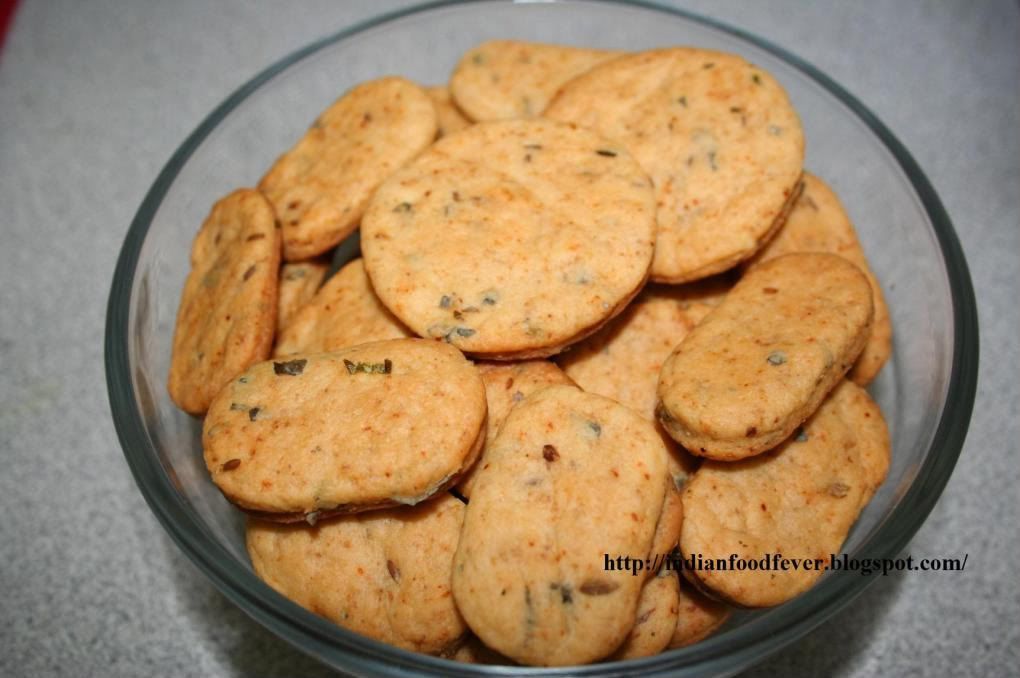
Sambar is a vegetable made with tamarind juice and toor dal(yellow lentils), and is very popular in the cooking of southern regions of India. It is called Kolombo/Kolmbo in konkani
Sambar is a regular in my kitchen and I make it atleast once every week. But using different vegetables everytime, makes it taste completely different. Rice with sambar is a complete meal as we get to eat the veggies, the rice has the carbs and the lentils are rich in protein. Now this is something that is healthy and delicious...perfect!!
I have a cousin who loves Sambar so much that he has to have it everyday, we call him Sambar Krishna. Whenever my aunt does not make sambar, he buys it from a hotel nearby for 5 rupees.
There are so many variations of sambar and it tastes completely different depending on the vegetables used in the preparation. For breakfast, with idly I usually make sambar with small whole onions. When I prepare sambar with rice for lunch or dinner, I do not add onions. You can make sambar with just okra(bhindi or ladies finger) or with brinjal/eggplant(badanekayi) or radish( moolangi sambar) or with a combination of different vegetables like green beans, potatoes, carrots, drumstick, ivy gourd (tonde kayi or tendli) etc.
I had never tried moolangi (radish) sambar before until I moved to bangalore. My roommate from Mysore was an expert at making moolangi sambar. She uses a lot of coriander leaves (almost the whole bunch) and boils the sambar with the leaves and believe me, the taste is so different. For someone like me who does not like radish at all due to its smell, even I loved this sambar.
I am sure a lot of us are pressed for time and would rather use the store bought sambar powder than to grind the masala for Sambar. So here goes the recipe for sambar using sambar powder...
What you will need:
- Tool dal - 1/2 cup
- Green chillies - 2 to 3
- Turmeric powder - a pinch
- Vegetables of your choice - 2 small cups
- Coriander leaves - a small bunch
- * Tamarind - size of a lemon soaked in water
- Sambar powder - 2 tsp
- Oil
- Mustard seeds - 1 tsp
- Red chillies - 2
- Curry leaves - 4 to 5 strands
- Salt to taste
* If you do not have tamarind, you can use 2 small tomatoes instead and cook it with the vegetables.
How to prepare
Cook the toor dal with turmeric powder and 2 drops of oil. Cook the vegetables separately with some salt and slit green chillies. This way the vegetables are not bland when cooked.
Mash the cooked dal(lentils) well, you can use an egg beater for the same. Add the water from the cooked vegetables to the dal to change the consistency to your liking.
Strain the remaining water from the vegetables and add it to the dal. Adjust the salt. Mix the sambar powder in the tamarind juice to form a thin paste.
Put the dal and vegetables on the stove on a medium flame and allow it to come to a boi. Now add the sambar powder mixed with the tamarind juice. Add the chopped coriander leaves. Cook the mixture on a low flame for about 10 minutes. Turn the flame off. Keep it covered.
Heat oil in a separate container. Add mustard seeds. When they crackle, add red chillies and curry leaves. Pour this seasoning over the sambar and cover it.
Serve hot with rice or sambar :)
Tip: When making sambar with okra/bhindi, never cook the okra in water. Fry the okra in oil and cook on a low flame until it is done and later add it to the cooked lentils.
When making sambar with eggplant, never cook the eggplant in a pressure cooker, or even if you do make sure you turn the cooker off before the first whistle as you do not want the eggplant to get mashed up and disappear in the preparation.
When cooking different vegetables together, it is always better to cook them in water adding the vegetables that require more time to cook first and then after they are slightly done, add the vegetables like cauliflower or eggplant that do not require as much time as other vegetables to cook.






